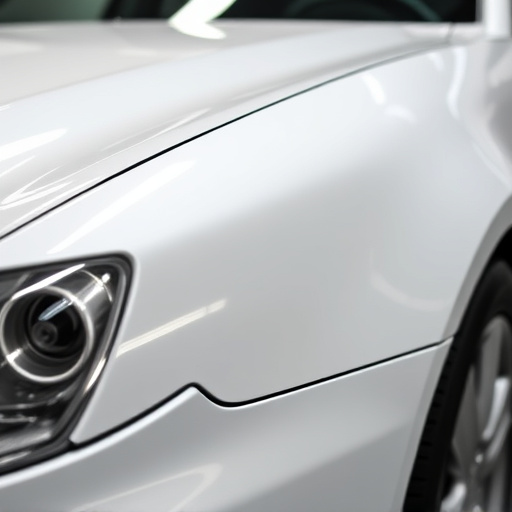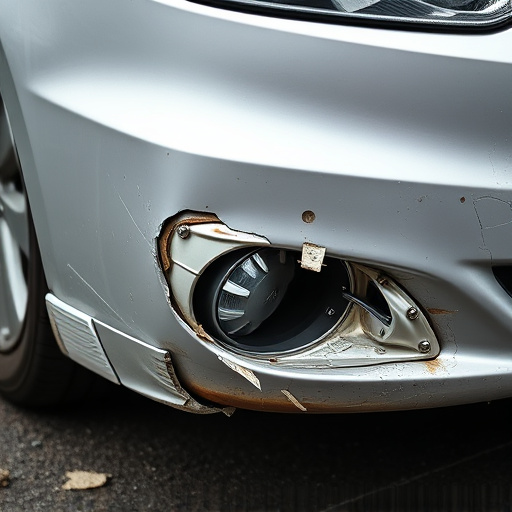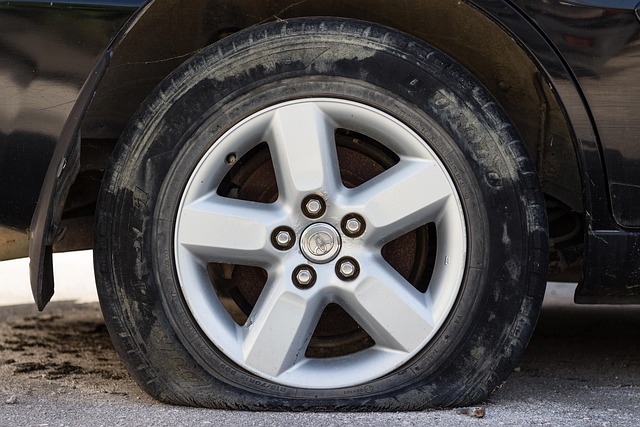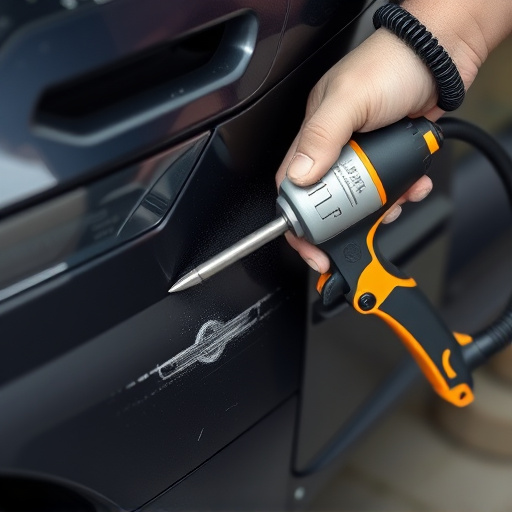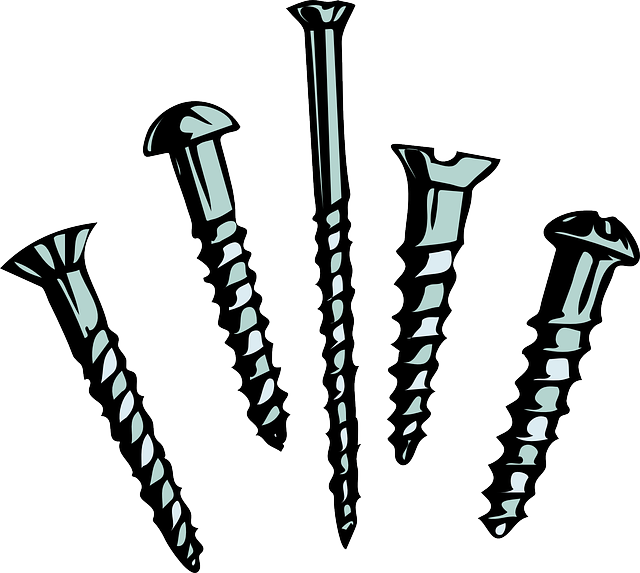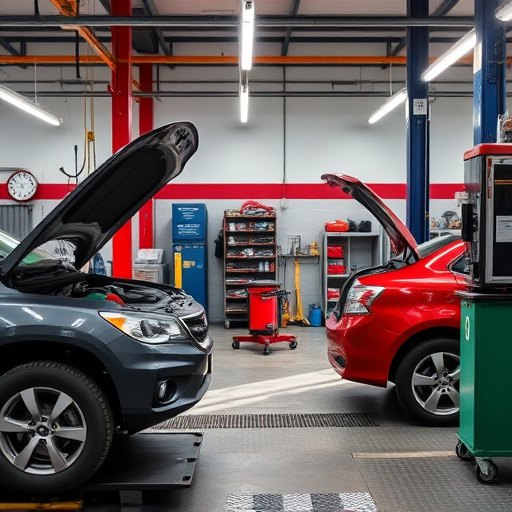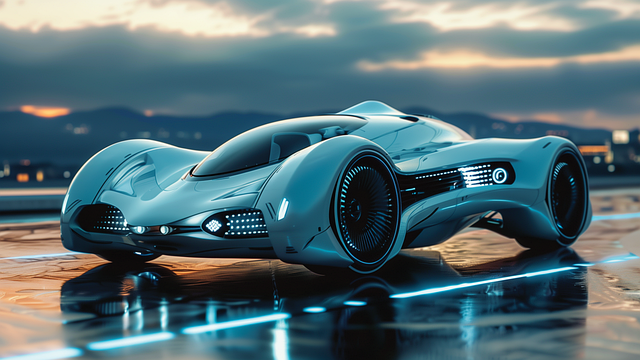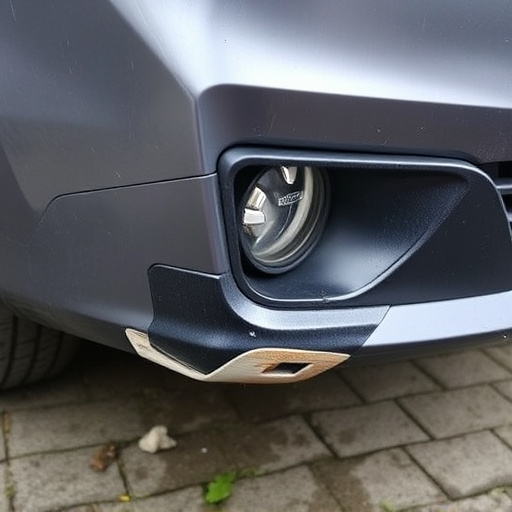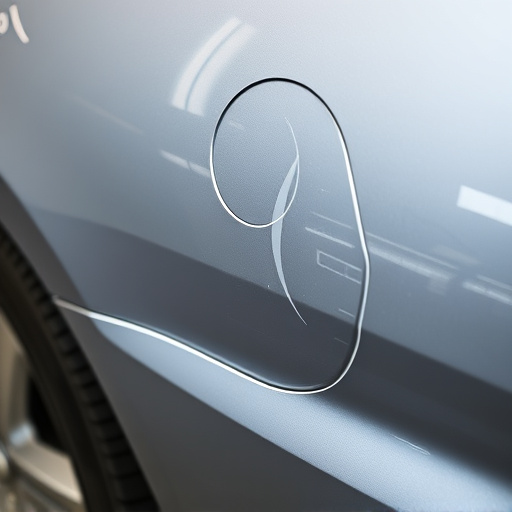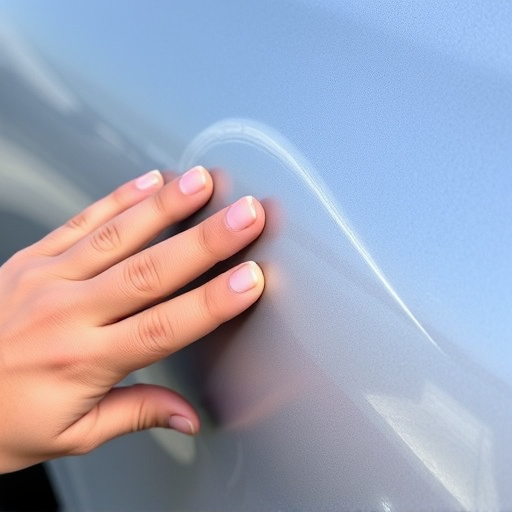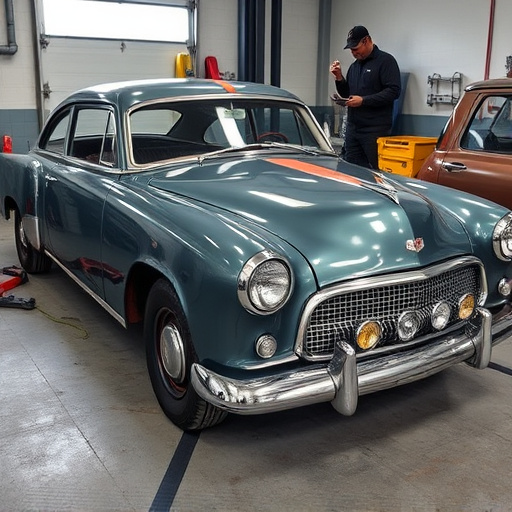Mercedes 48V system repair demands specialized knowledge due to its complex integration in modern Mercedes vehicles. Technicians require advanced diagnostic tools and skills to identify issues with components like batteries, sensors, and power modules. Using OEM replacement parts ensures reliability and enhances vehicle safety. Specialized auto body services offer comprehensive collision repair for these intricate electrical systems.
Unreliable vehicles can put a damper on any driver’s day. For Mercedes owners, issues with the 48V system, a key component in modern electric and hybrid models, are not uncommon. This article delves into the intricacies of the Mercedes 48V system, its common failures, and effective repair strategies. Understanding the system’s components and functionality is crucial for identifying diagnostic challenges. By exploring these aspects, you’ll gain insights into tackling frequent issues efficiently.
- Understanding the Mercedes 48V System: Components and Functionality
- Diagnostic Challenges: Identifying Common Problems in 48V Systems
- Repair Strategies: Effective Solutions for Frequent Mercedes 48V Issues
Understanding the Mercedes 48V System: Components and Functionality
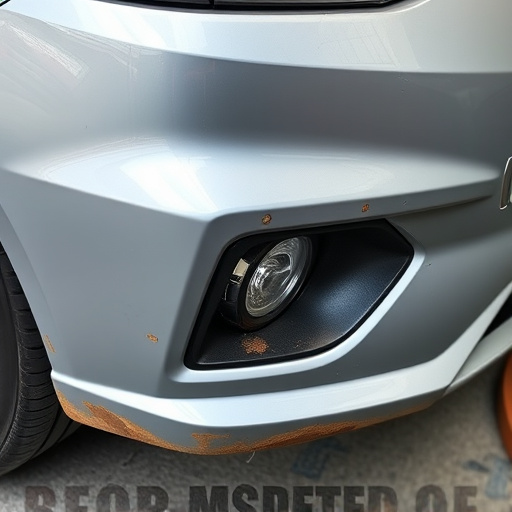
The Mercedes 48V system is a complex network designed to enhance vehicle performance and efficiency. At its core, it comprises various components such as high-voltage batteries, electric motors, inverters, and advanced control systems. These work in harmony to provide power assistance for acceleration and regenerative braking, significantly improving fuel economy. Understanding this intricate system is crucial when undertaking Mercedes 48V system repairs.
When it comes to fleet repair services, expertise in handling the 48V system is invaluable. Many modern Mercedes vehicles are equipped with this technology, making specialized knowledge essential for maintaining optimal performance and longevity. Just as a dent repair or vehicle bodywork restoration requires skill, so does repairing the delicate electrical systems within the 48V architecture. Professionals must be adept at diagnosing issues related to components like batteries and inverters to ensure smooth operation and safety.
Diagnostic Challenges: Identifying Common Problems in 48V Systems
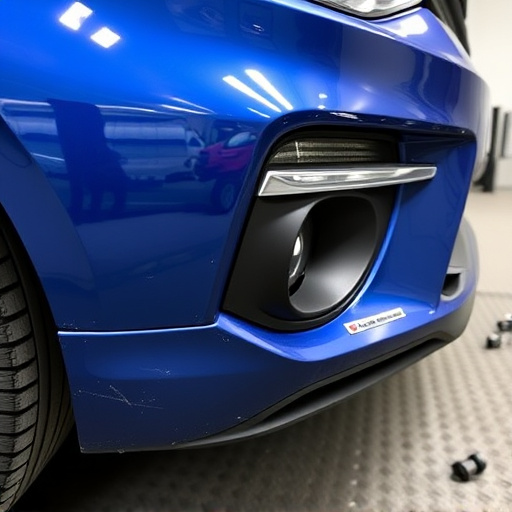
Diagnosing issues with Mercedes 48V systems can present unique challenges due to their complexity and integration into modern vehicle architectures. Mechanics often encounter problems that may not be immediately apparent, as these systems control a wide range of functions, from electrical power distribution to advanced driver assistance systems (ADAS). Common diagnostic hurdles include identifying faulty sensors, communication protocols, or power supply issues that could impact the overall performance and safety of the 48V system.
One strategy to overcome these challenges is to employ advanced diagnostic tools tailored for Mercedes vehicles. These tools enable technicians to scan and interpret data from various system components, such as voltage regulators, inverters, and motor controllers. By analyzing real-time performance metrics and error codes, mechanics can pinpoint problematic areas more efficiently. Moreover, understanding the interdependencies between the 48V system and other automotive systems, like the traditional 12V circuit and auto body repairs, is crucial for comprehensive troubleshooting.
Repair Strategies: Effective Solutions for Frequent Mercedes 48V Issues
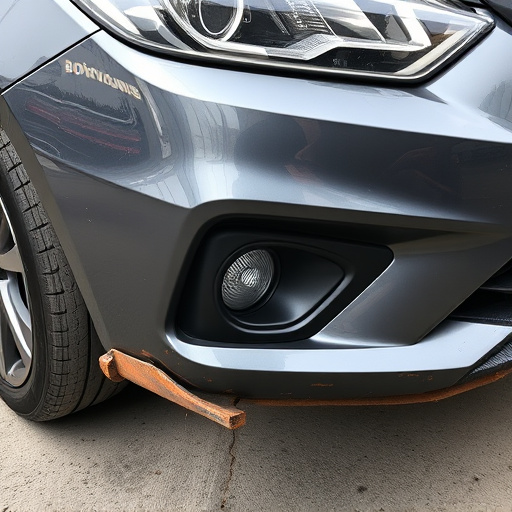
When addressing common issues in Mercedes 48V system repairs, a strategic approach is essential. Many problems stem from complex electrical connections and high-tech components, requiring specialized knowledge to diagnose accurately. One effective strategy involves utilizing advanced diagnostic tools to identify faulty parts and underlying causes. By integrating these tools with expert technician skills, mechanics can efficiently pinpoint issues related to power modules, sensors, or communication networks within the 48V system.
Additionally, focusing on quality replacement parts is vital for lasting repairs. Original Equipment Manufacturer (OEM) components ensure compatibility and performance, reducing the risk of future malfunctions. Auto body services that specialize in Mercedes 48V system repair often have access to these genuine parts, enabling them to provide comprehensive collision repair services tailored to the vehicle’s intricate electrical architecture. This ensures not just immediate fixes but also long-term reliability for the vehicle, enhancing safety and performance.
The Mercedes 48V system, integral to modern vehicle efficiency, presents unique challenges in repair. This article has explored key components, common diagnostic difficulties, and effective repair strategies for addressing frequent issues in this intricate system. By understanding the intricacies of the 48V system and adopting informed repair approaches, technicians can streamline service processes and ensure optimal Mercedes 48V system repairs, contributing to enhanced vehicle performance and customer satisfaction.
